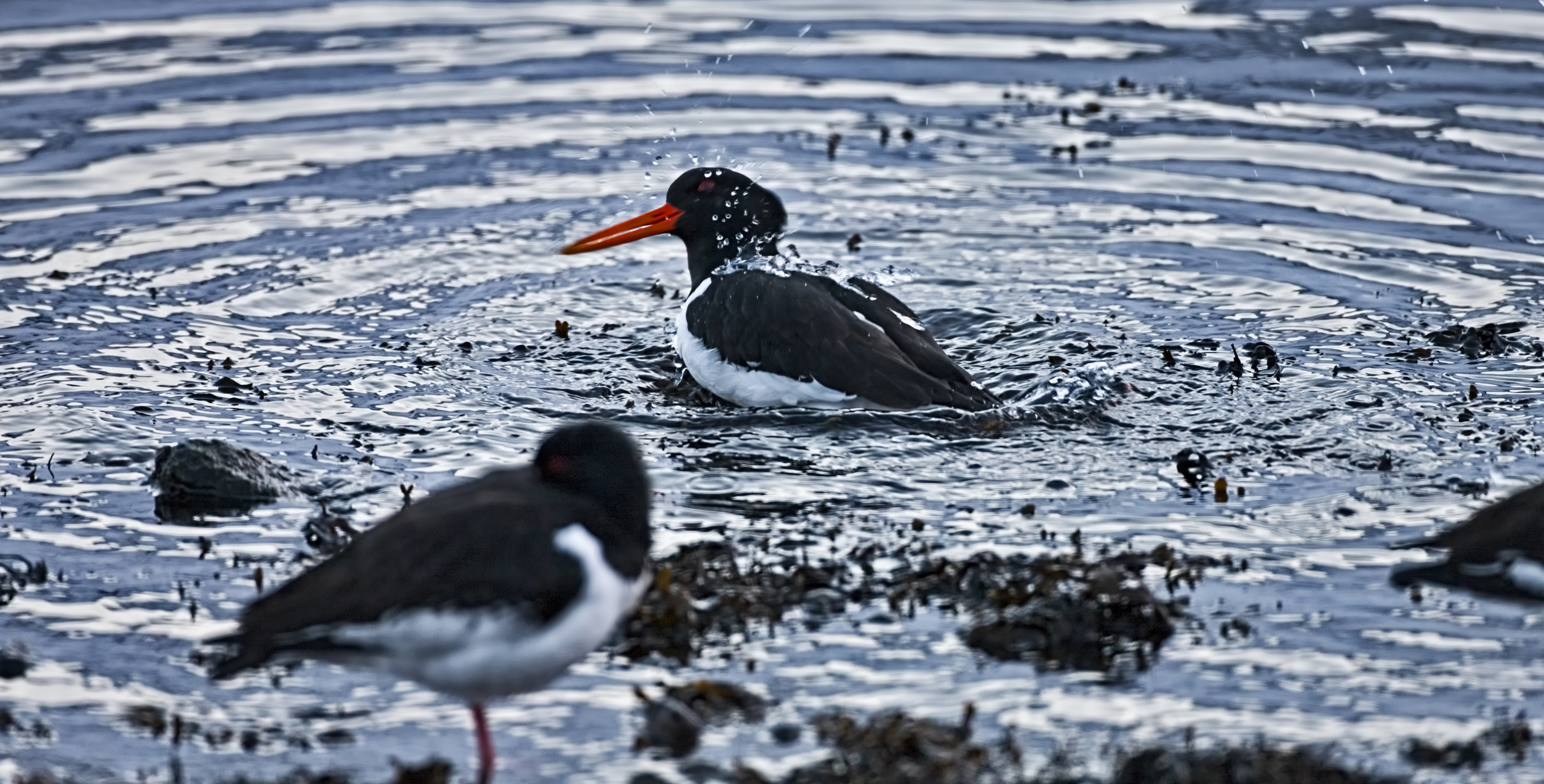
The Oystercatcher (Haematopus ostralegus), in Faroese Tjaldur, is the national bird of the Faroe Islands.
It is a common breeding bird in heathland. When walking in uninhabited areas during summer you are likely to encounter several of these striking black and white birds with their red bills.
If you get too close the nest the parent birds will try to chaser you away. Try to leave the nesting area right away in order to disturb the birds as little as possible.
Due to the Oystercatcher’s ability and willingness to protect their nesting area shorebirds and other small birds like to breed in the vicinity of the Oystercather’s nest as it means additional protection for them.
It brings great joy to many Faroese people when the first Oystercatchers of the year are seen and maybe especially heard.
On the 12th of March, the people of the Faroe Islands celebrate Grækarismessa (St Gregory's Day), which means, among other things, that the Oystercatchers have arrived and summer is at hand.
The Oystercatcher became the symbol of the Faroese National hero Nólsoyar Páll (Páll Poulsen Nolsøe, 1766-1809) who used it in his famous allegorical ballad “Fuglakvæði” (The Birds Ballad).
Nólsoyar Páll was a gifted poet known all over the Faroe Islands for his satirical ballads. In Fuglakvæði the birds of prey symbolise the oppressive Danish officials while the Oystercather is defender of the lesser birds - the Faroese people.
And the poet himself warns the smaller birds of the birds of prey in the guise of an oystercatcher.
(Source: Birds of Faroe Islands)